Renovate & Celebrate: It's a Journey, Not a Sprint!
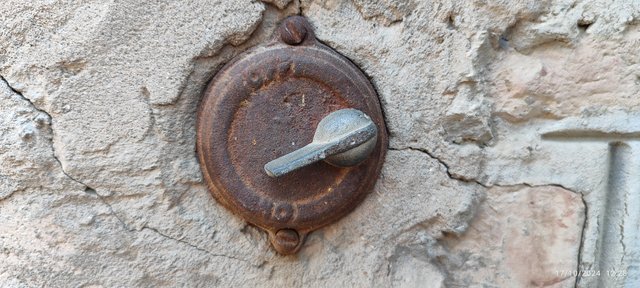
Do you have any idea what this is? Before using any online or offline help, like Google Lens, what came to your mind?

I mentioned to you a few days ago that we moved to a new house. Since we've been in this new house, I’ve been in touch with the society's complaint service almost daily, seeking help for various issues, mostly related to electricity and door locks. This is a government house, so I believe that anyone who moves into a new home should not only think about themselves but also consider the people who will live there in the future. We've covered a lot of expenses from our own pocket, but we've also managed to get quite a bit done through their complaint service.
So, the first two pictures I’ve shared with you are part of this ongoing process. I have a bit of an obsession... all the light fixtures in and out the house should be functional. I’m not the type of person who turns on all the lights at once—no, not at all—but they should at least be in working condition.
Hence my complaints...
The first guy came, took a look, scratched his head, and just walked off. Then another guy showed up the next morning. I was watching him like a hawk—because, come on, if the point is there, the light should work, right? He fiddled around, opened this old rusty thing, checked everything out, and then just stood there, thinking. Meanwhile, I was right there next to him, practically breathing down his neck, waiting to see how he was going to fix it! (Ok, that's a bit of an exaggeration, I am not that annoying)
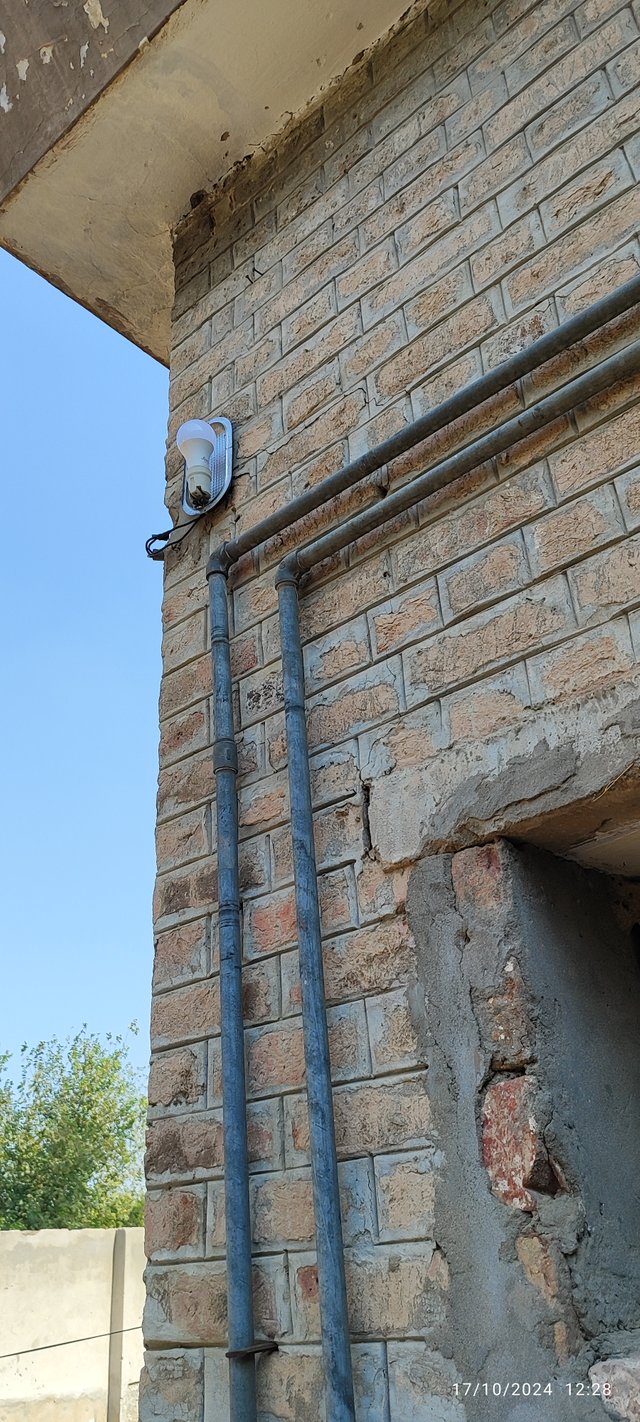
So yes, this is a light bulb. By the way, we installed it ourselves; only the wiring point was there. And the 'bug in my head' was telling me that it needed to be turned on.
Okay, he seemed to have found a clue. He asked if he could check the room that shares a wall with this light—my kids’ room. My daughter was asleep in there, so I had to wake her up and move her to another room. The poor girl, rubbing her eyes and giving me that 'What the heck, Mom?' look, left the room half-asleep. And there I was again, standing over him, watching closely to see where he’d finally find the fault.
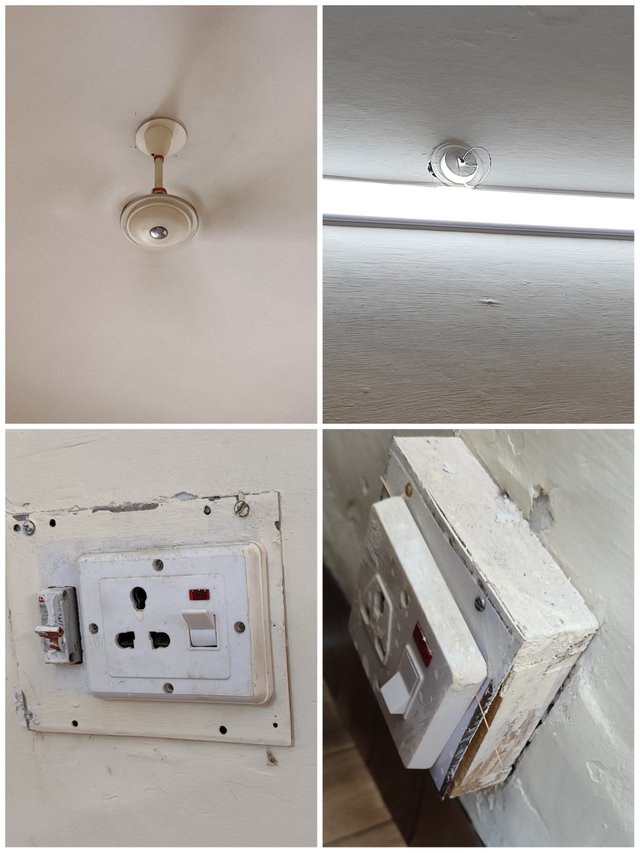
First, he checked the tubelight—nope, nothing. Then came the power socket—still no luck. Next up was another socket. Well, surprise surprise, that one was dead. We already knew that, but had stayed quiet about it. I wanted to register a complaint but my husband, as usual, was like, 'How many sockets do you need in a room at once?' And we (the girls and I) were like, 'Uh, all of them, obviously!' Lol. Anyway, now he (the electrician) had another job—fixing that socket too. He said he'd come back to it later. Finally, he moved on to check the ceiling fan point.
Well this ladder scaffold helped him get to the ceiling fan:
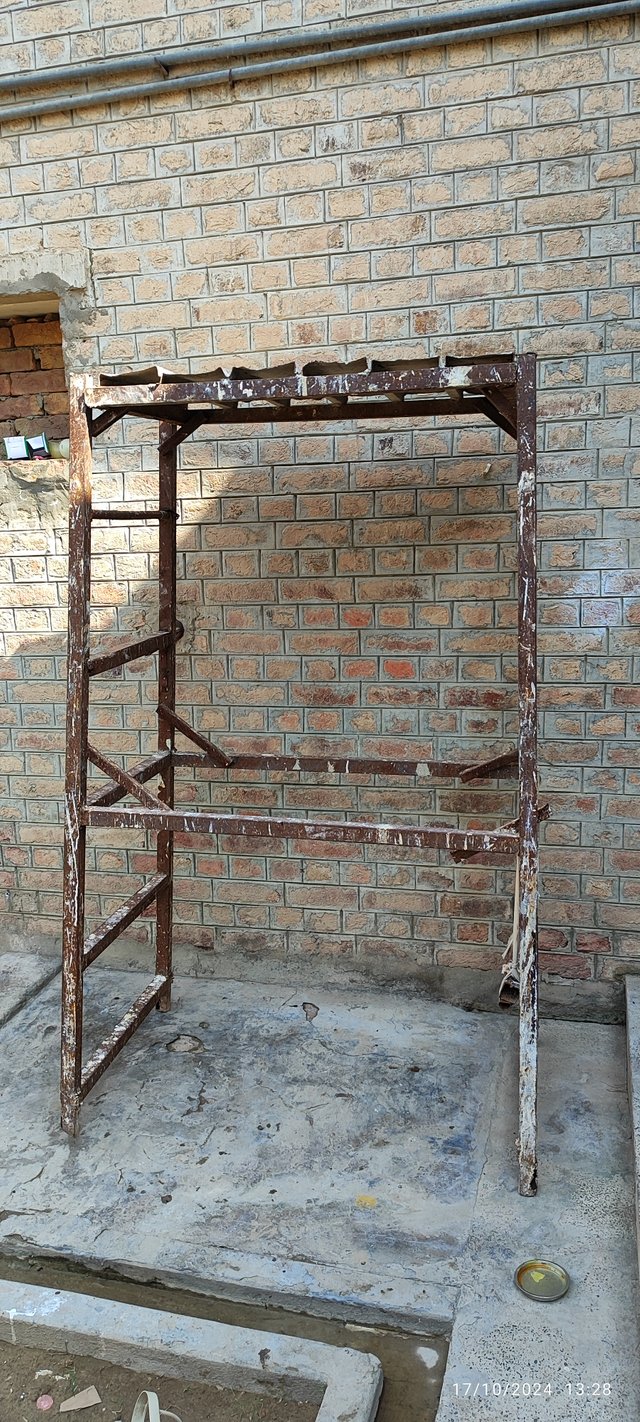
This ladder was left here by the painters after they finished half of the job. They're supposed to return and complete it at some point. In the meantime, we've been using the ladder for other maintenance tasks, like installing tube lights or troubleshooting faults. Otherwise, borrowing or arranging a ladder for these things would be another hassle. Sometimes, the workers leave, saying they'll return once they find a ladder, but often, they never seem to find one.
Sorry for the detour. I was telling you that the last point to check was the ceiling fan. I was watching him, almost certain that he wouldn't find anything here either. But then I noticed a kind of victorious smile on his face—almost subtle. He said he found the issue. Being curious, I asked, 'What did you find?'
He explained that the connection was missing. There were positive and negative wires, which are essential for completing an electrical circuit. The positive wire typically carries the current to the device (light bulb, in this case), while the negative wire provides a return path to complete the circuit. He pointed out that one of the wires was disconnected, specifically the negative wire. Once he repairs this connection, the light bulb outside should work.
He joined the wires using some tape and then climbed down. Now came the moment of revelation. I was still 50 percent optimistic that it would light up, but let’s see.
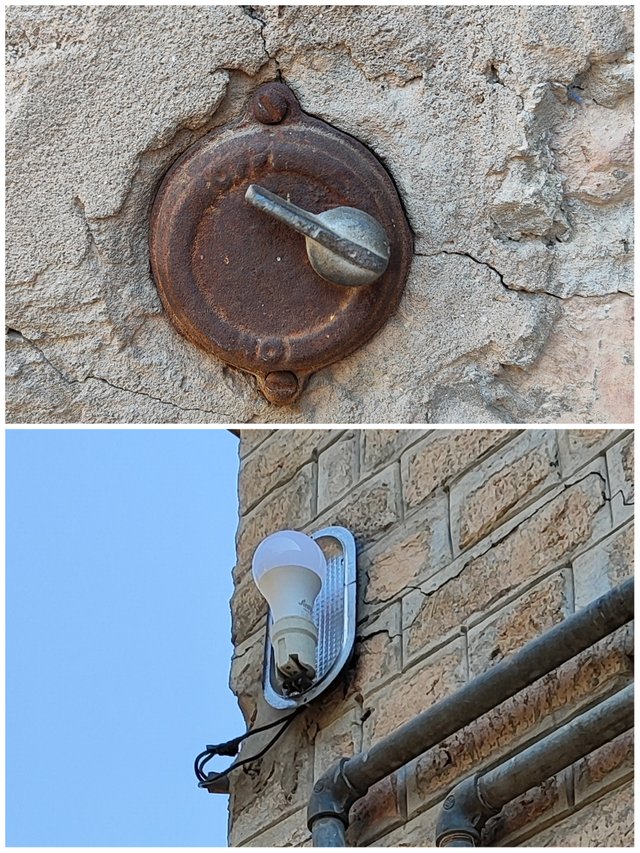
Switch pointer up: light off
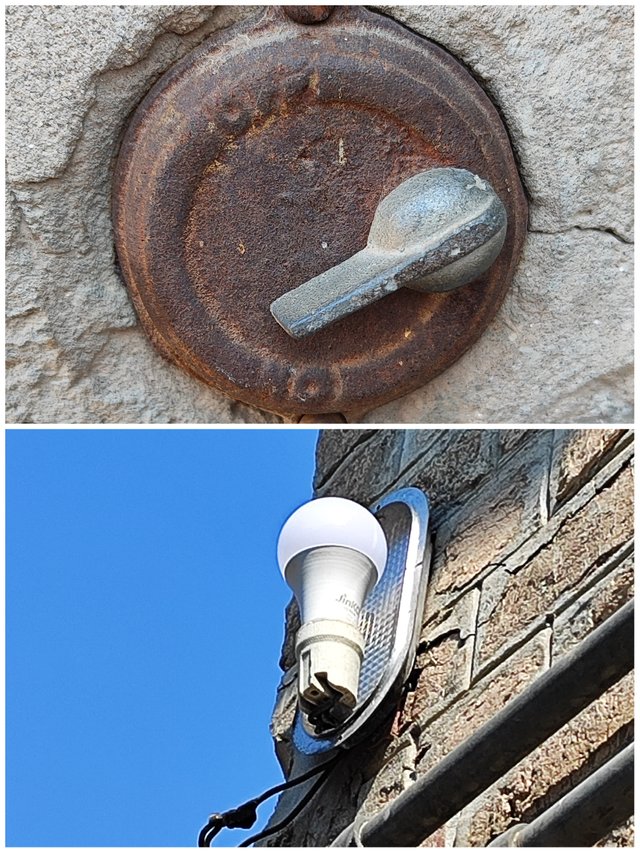
Switch pointer twisted down: light on! Ta-da!
Good job, electrician!
If you look a little closer, you will find "on" and "off" on this switch too. It's not very readily visible, but it's there. Under the scorching sun and dusty sandstorms, this switch has stood with its letters intact.
You must have an idea now about my question now.
The one I asked in the beginning?
Do you have any idea what this is? Before using any online or offline help, like Google Lens, what came to your mind?
The answer is: This is an ancient switch, probably designed for outdoors, built to prevent rainwater and other weather-related mishaps. I don't know; this house is quite old. Maybe back then, these switches were commonly used. The indoors kept getting renovated, and perhaps no one ever felt the need to use this light—or the switch, for that matter. Hence, its fate was sealed.
And apparently, I can sell these photos on some website because they fall under the category of antique and ancient things. How much do you think I could get for them? Lol!
One thing deserves applause: despite the rust, this switch is functioning perfectly fine, unlike the one below. That one doesn’t even have an intact board. I bought a new switch for the faulty board, but the electrician said it needs both a new switch and a new board. So you could say, 'old is gold!' However, there's a flip side to these metallic ones - literally and figuratively: this 'oldy goldy' could also get you electrocuted. Although the electrician reassured me that there was another plastic board and switch within this main one. I kind of saw it too when he unscrewed this switch. But you can never be too safe. So there will be no touching and playing around this cutesy switch in rain. Nopes!
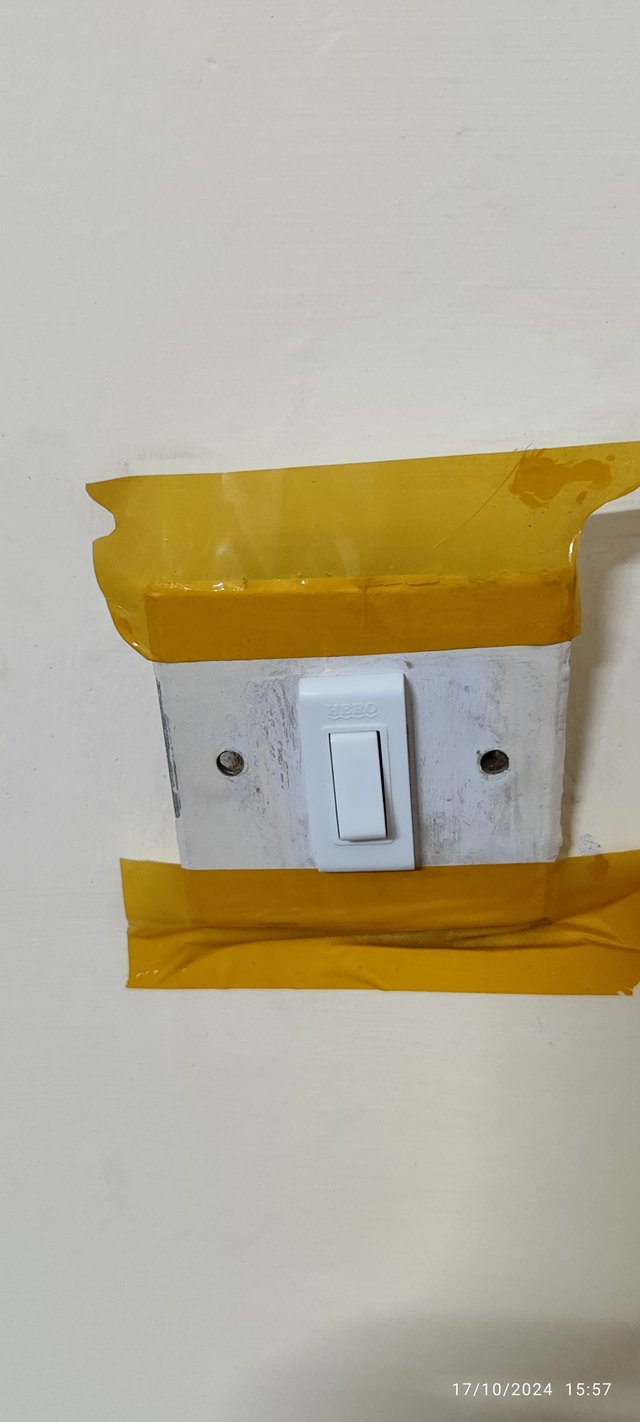
See, this dangling piece of sh**. I mean the world of plastic. Lol. No offence but these plastic hardware does come in handy. They might be lightweight and easy to handle, but they just don’t have the same durability as the old-school stuff. Sometimes, you really appreciate the reliability of something that’s built to last. Don't you agree? But the plastic ones are definitely a safer choice.
I will end this post on a very positive note.
Shifting homes can be quite a hassle, but sometimes you stumble upon little treasures. I’m ever so fascinated by this rusty switch! I could flick it or twist it up and down just for the feel and sound of it. Hehe 😆
Additionally, I believe that everyone who moves into these government facilities, where tenants keep changing, should contribute a bit of their own personal touch to the space. Whether it’s making small renovations or occasionally dipping into their pockets, it’s important because the organization can’t maintain these houses alone. Those who live here understand the issues and needs of the homes better than anyone.
For instance, in our area, it gets quite hot, so we had a partition made in the drawing room to separate it from the dining room so that the efficiency of AC (air conditioning unit) can be increased. I’ll tell you more about that in my next post! The point is, personal investment, whether through time or resources, helps transform a house into a home, making it a unique reflection of its occupants.
The crux is: Play your part!
Before signing out, let me give you a glimpse of today’s ongoing activities, which I will discuss in detail later:

Edit: I forgot to tell you: One dead socket was also fixed during the electrician's visit—the same one I mentioned when he was looking for the fault. It was a nice bonus. Lol.
I knew it was an outdoor electrical switch. Yes, sometimes the old stuff really does last. I once owned a Farmall H tractor 1936. Four cylinder, gas, alcohol, kerosene, ethyl alcohol, and a couple of more fuels. Ran on them all. Could pull a three bottom plow. Hand crank to start. Generator rebuildable. Now if I could only fix typewriter from 1920!
Back to electricity... Sorry to diverge - remember the old knife switches or the old motors. Alot were DC, can be bought at military surplus. From the 50's and 60's still working fine!
New generators and motors are crap. Some companies do make good ones with the same quality but are very expensive!
Good luck
Do you have a picture of it? Sounds like a beast 😍
My dad and uncle have a knack for these things. He (dad) read my article, and I edited the part about the electrocution. He made me think. He used to, and still does, repair things, with a fascination for old motors and such. I still remember him using ac and dc frequently when working on some...
No I don't have a picture of it only memories 🤗
Sounds fantastic!
Without reading the post, I could guess it is a switch (on / off text can be read there) - but what does it operate, I was unable to say for sure.
Now you know ;)
It's a light switch...
... and if nothing works and the power fails for a long time: torches, gas lanterns and candles! Beautiful, romantic light, without any switches or wires ;-))
Sounds like a lovely idea 🕯️🪔